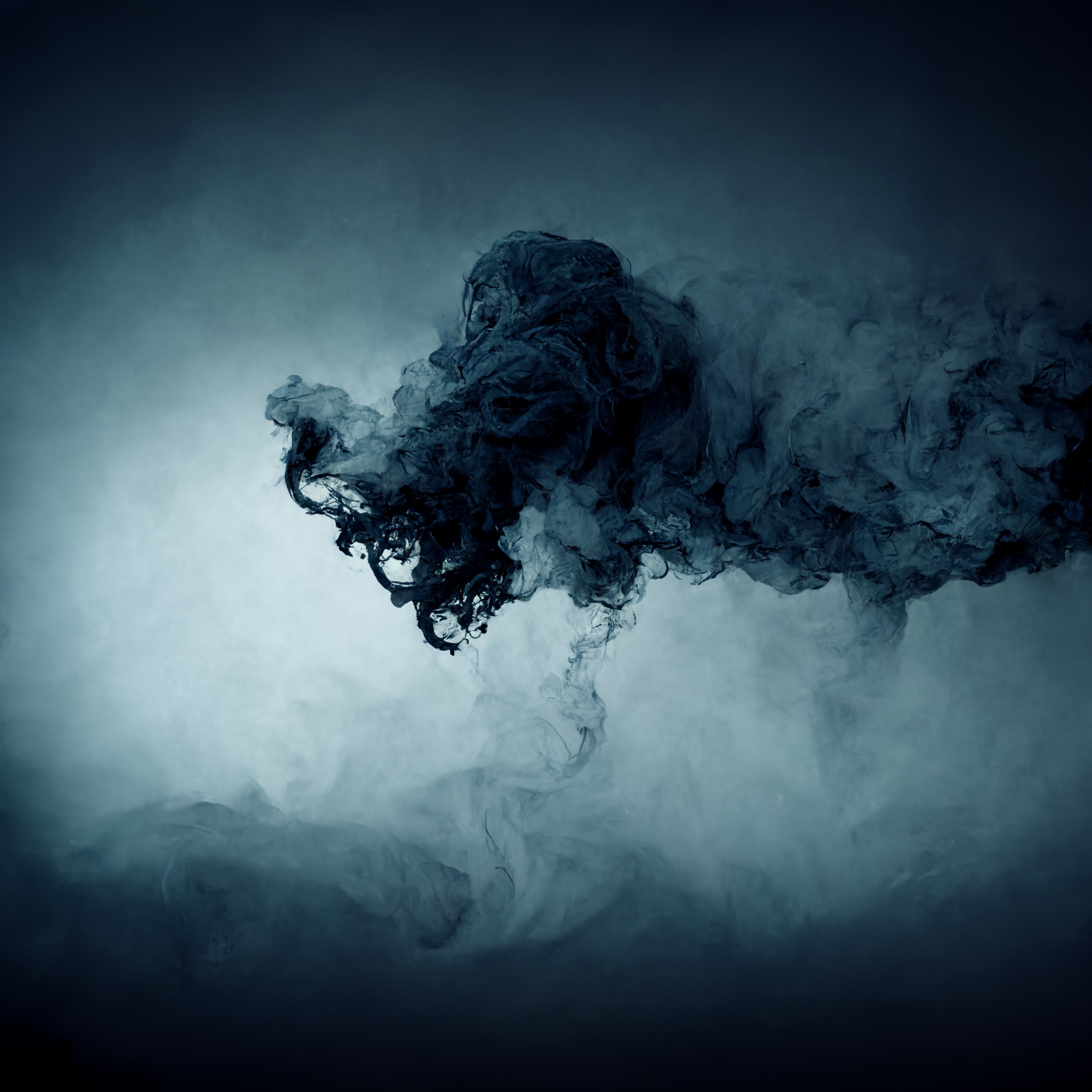Because this is what you push out after not pooping for 3 days.
Why not? That’s quite a remarkable piece of shit.
I grew up in York and the Jorvik Viking Centre is brilliant. It really really smells, but that’s the point, it’s authentic to the time.
If I’d done a shit that massive I’d want my surviving family to put it on display too.
Smells like what?
Imagine a town with lots of people where everyone shits in the street. It’s that authentic smell.
Grim.
What did you think the past was like?
You don’t need to smear human poo on your museum to get the kids in
We’ve finally found something truly worthy of staying in the British Museum.
I never knew Republicans had been around this long.
Why wouldn’t it be? It provides fascinating insight into the dietary and hygienic habits of our precursors.
Why not? That’s quite a remarkable piece of shit.
do you think the person who made it was proud of it?
Now I’m imagining a National Treasure-style heist, where OP has to smuggle this out of the museum by pretending it’s his own for a three-day hitchhiking adventure back to the buyer’s safehouse, and that’s why he asked the three-day challenge question.
Maybe he held it for three days and it’s a special poop.
We can only hope that one day a Lemmy post about not shitting for 3 days will make it into a museum for future generations to marvel at.
Size
I like the big metal clamps holding it there.
Is it actually fossilised, if it’s only a millennium old?
From How Long do Fossils Take to Form? by Raul Esperante at the Geoscience Research Institute (this is the second to last paragraph):
Contrary to what many people believe, permineralization may not take a long time. Given the right geochemical conditions during burial, permineralization can occur rapidly: ranging from within a few hours to a few years, depending on the size and nature of the original material. Scientists have reported fossilized embryos of echinoderms (sea urchins), which are extremely delicate structures. Experiments carried out to replicate those fossilized embryos show that fossilization happened in a very short span of time.[7] Experiments show that mineralization of soft tissue of shrimp with calcium phosphate mediated by bacterial decomposition may start in a few days and increase in 4 to 8 weeks after death, possibly leading to fossilization.[8] This is an example of fossilization involving mineral precipitation that occurs during the decay process caused by bacteria. The British paleontologists David Martill studied in detail the preservation of fishes and other animals in rocks of the Lower Cretaceous of the Chapada do Araripe, north-east Brazil, and found that they have preserved the most delicate structures known in the fossil record. Gills, muscles, stomachs and even eggs with yolks have been found. These are cases of exceptional preservation by phosphatization—mineralization by calcium phosphate. Martill concludes that many of the fine details preserved in those fossils became mineralized within a span of time of 5 hours or less after death, and calls this instantaneous fossilization.[9] I have studied fossils of whales in the Pisco Formation in Peru in which the baleen structure (the filtering organ in the mouth of the whales) has been partially mineralized and preserved in anatomical position, which is a case of exceptional preservation because baleen is not bony tissue and is not rooted in the maxillary. Baleen tends to detach from the whale and decay rather quickly after death, nevertheless it is preserved in life position in many of those fossil specimens. I have suggested that the whales must have been rapidly buried and the baleen rapidly mineralized in order to become preserved.[10]
That shit’s so old.
Look man people just love old shit. Museums are full of it.
Is it Bob Mortimer’s poop?










